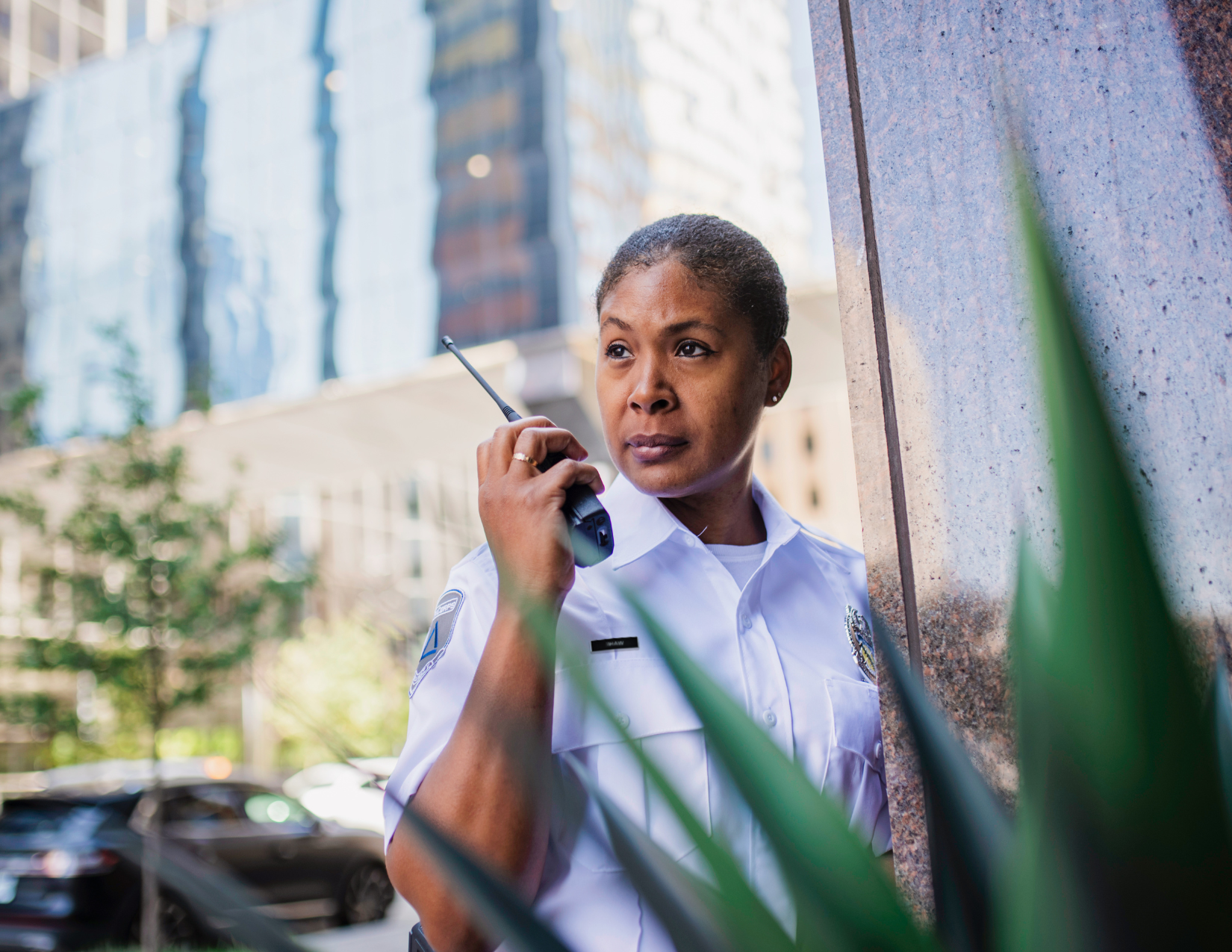In a world where safety should never be taken for granted, situational awareness is a cornerstone of personal and private security. Whether navigating the streets of a city, traversing remote trails, or simply going about your daily routine, the ability to perceive and understand your surroundings is paramount. It empowers you to anticipate and effectively respond to potential threats, mitigating risks and ensuring your well-being. Here is a guide on how to approach situational awareness for enhanced personal security:
Understanding Situational Awareness:
Situational awareness is the perception of our environment. It involves being attuned to both our immediate surroundings and broader context, encompassing factors such as:
- Perception: Observing details, patterns, and anomalies within your environment.
- Comprehension: Interpreting the significance of observed cues and discerning potential threats or opportunities.
- Projection: Anticipating future developments based on current observations and understanding.
Key Principles:
- Maintain Vigilance: Stay attentive and observant of your surroundings at all times, avoiding distractions that may compromise your awareness.
- Trust Your Instincts: Intuition often serves as an invaluable early warning system. If something feels off, trust your gut, and investigate further.
- Stay Informed: Remain abreast of local news, weather conditions, and any potential security threats in your vicinity.
- Assess Threat Levels: Continuously evaluate the level of risk in your environment and adjust your behavior accordingly.
- Practice Situational Rehearsal: Mentally rehearse how you would respond to various scenarios, enabling quicker and more effective decision-making under pressure.
Practical Strategies:
- 360-Degree Awareness: Adopt a habit of scanning your surroundings in all directions, including above and below eye level, to minimize blind spots.
- Maintain a Low Profile: Avoid drawing unnecessary attention to yourself, as being perceived as a target increases your vulnerability.
- Trustworthy Companionship: When possible, travel with trusted companions who can provide an extra set of eyes and ears.
- Use Technology Wisely: Leverage technological aids such as smartphone apps for navigation, communication, and emergency assistance.
- Escape Routes and Safe Havens: Identify escape routes and nearby safe havens in unfamiliar environments, enabling rapid retreat in case of danger.
Application in Personal and Private Security:
- Home Security: Regularly assess the security measures in your home, including locks, alarms, and surveillance systems. Stay vigilant for signs of suspicious activity in your neighborhood.
- Travel Security: Whether traveling locally or abroad, research destination safety, remain cautious in unfamiliar surroundings, and safeguard personal belongings.
- Workplace Security: Be mindful of security protocols in your workplace, including emergency procedures and reporting suspicious behavior to appropriate authorities.
Conclusion:
Situational awareness is not merely a skill; it is a mindset—a way of engaging with the world that prioritizes proactive caution over reactive panic. You can significantly enhance your personal and private security by cultivating this mindset and implementing practical strategies. Remember, the key to effective situational awareness lies in mindfulness, preparedness, and a commitment to staying one step ahead of potential threats.

